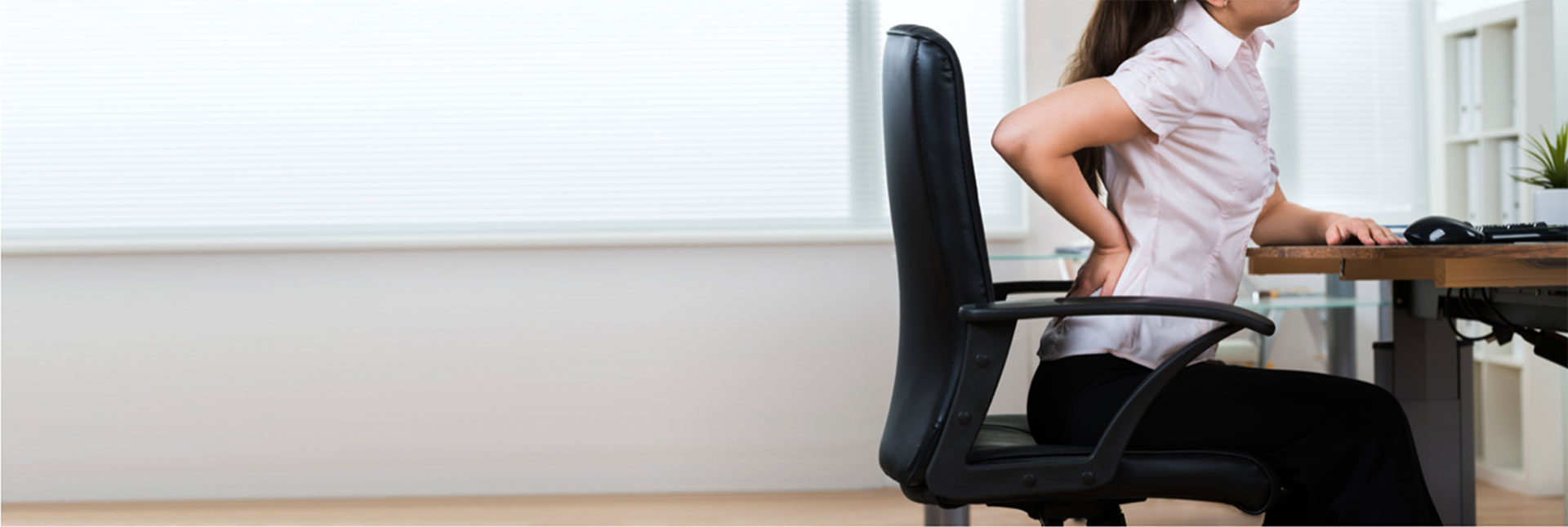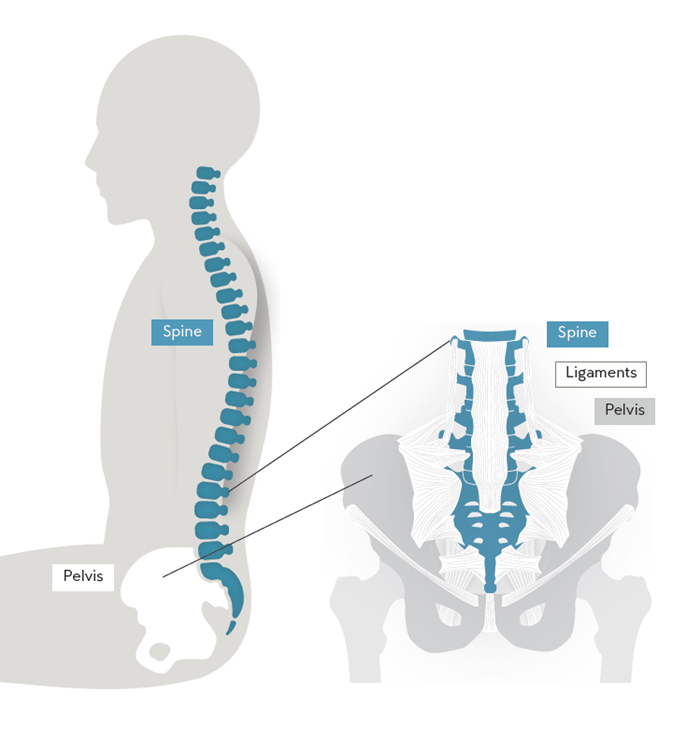Are you sore and fatigued at the end of your workday? Feeling the pain of all those Zoom meetings mimicking the soreness you feel in your lower back? In fact, 80% of your fellow Americans experience low back pain at some point in their lives. For all of the past 30 years of innovation in the workplace, the supposed ergonomic solution is an office chair with a lumbar support.
"Lumbar support sounds like it will help you, even sounds a bit medical, so it must work to reduce your back pain."
Wrong! A lumbar support, which is a common addition to most ergonomic chairs on the market, is going to cause more damage than it will do good. This is one of the reasons why most office chairs miss the mark on back pain and posture. A famous designer of office chairs even stated himself that “the issue of low-back support is something that we've been addressing in our chair designs for many years, but we have never been fully satisfied that we achieved the answer.”
But Why?? Let’s dive in.
The lumbar support is strategically placed about six to eight inches above the seat of an office chair. A lumbar support is designed to push into the lower section of your back and LIFT the spine into a “good” or neutral posture. Sounds great in theory, but if I am going to lift a big heavy box, I don’t grab it in the middle and lift. I would firmly plant my feet, bend my knees, grab from the bottom and lift UP with all my might. All while hoping my pants don’t split in the process.
But rather than lifting from the bottom up, lumbar support pushes into your spine and often causes one to slide forward the seat and assume a slumped posture, the opposite of its original intent.
Outside of the horrific visual representation above, there are other painful consequences happening to the body pictured above: increased intervertebral disc pressure, risk for disc herniation, and muscular imbalances of the spine that could contribute to future back injuries.

What type of support do I need for my office chair?
We need a Lower Back Pelvis support to lift the bottom of the spine, just like that heavy box. The pelvis, that butterfly-shaped bone, is located at the bottom of your spine and should be supported. Supporting the pelvis will lift the rest of the spine and promote the natural curves of the spine in all seated postures.
When your back is supported in its natural curvature, the spine and the muscles surrounding it are relaxed and free of pain and pressure.
It’s All Connected
The hip bone’s connected to the pelvis bone, the pelvis bone’s connected to the ….you get the point. By supporting the pelvis versus, the lumbar and reducing slumped sitting, we not only reduce back pain but also neck pain and shoulder pain as the rest of the body will follow the spine in natural alignment.
The spine wants to adopt its natural posture, and a lumbar support pushing into your spine isn’t cutting it. Let’s stop hating our office chair and solve the problem.
Recent Post
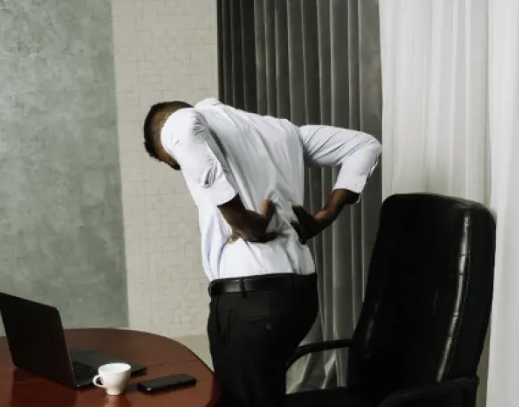
Exercises to Avoid With a Herniated Disc
March 6, 2025A herniated disc can put a serious damper on...

Gentle Back Exercises for Lower Back Pain & Herniated Discs
February 17, 2025Adding a cushion to your office or gaming chair...
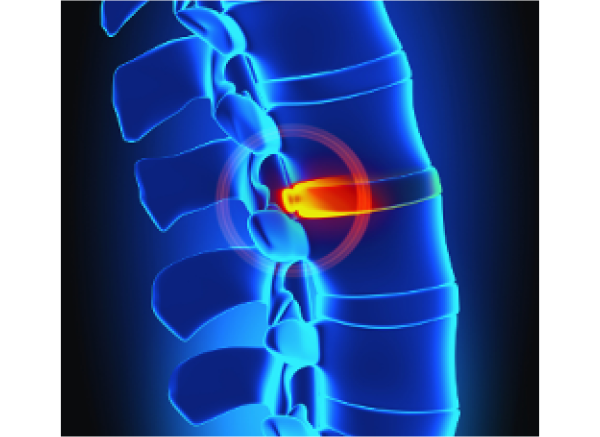
Bulging Disc vs. Herniated Disc:
February 5, 2025Adding a cushion to your office or gaming chair...






